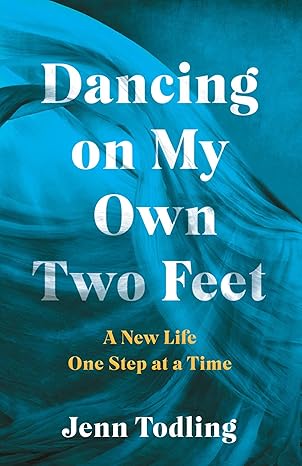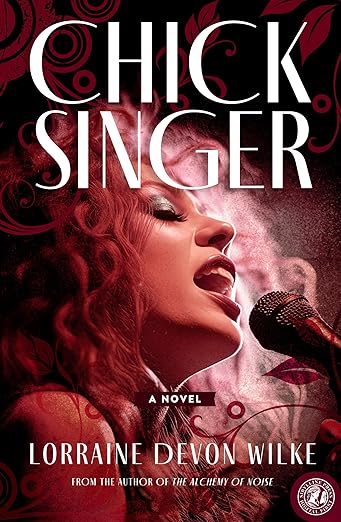Editing, a Look at Process
 One of the few truisms about the craft is that everyone’s writing process is different. Regular writing schedules, writing even when (especially when?) uninspired, and training to work in less-than-optimal working conditions are fairly standard pieces of advice from career authors. I can vouch for this, as I’m currently working with two preschoolers crawling on me at regular intervals while cartoons blare in the background.
One of the few truisms about the craft is that everyone’s writing process is different. Regular writing schedules, writing even when (especially when?) uninspired, and training to work in less-than-optimal working conditions are fairly standard pieces of advice from career authors. I can vouch for this, as I’m currently working with two preschoolers crawling on me at regular intervals while cartoons blare in the background.
But what of editing? When the book is “done” how do we prepare to gut our precious manuscript and prepare it for the real world? It’s a completely different process, and it can be daunting. The novice writer may try to delude herself that the work is probably fine as it is with a cursory read for polish. The more experienced writer is convinced the work can never be revised enough to make it readable. The truth is somewhere in the middle, but it’s always a lot of work if you’re doing it right.
If you’re staring at 350 pages of hot mess, it may help to have some direction. This is what works for me and is taken from a variety of writing books and articles and melded into a workable formula for getting from draft 1.0 to 2.0.
What you need:
- The printed manuscript, unbound, kept in a binder or manuscript box. I like to have it single-sided so I can physically move pages to different places in the story.
- Notebook
- Pens (multiple colors if you want to color code your corrections)
- Small Post-Its
- Large, lined Post-Its
- Ruler
- A stiff drink (optional, recommended)
- You finished draft one! Congrats! Celebrate! Then let the finished manuscript sit as long as you can. If you’re a contracted author, that may only be the space of a weekend, but if you can work on another project for a week or two (or more), all the better. I use this time to update my website, be active on social media, and make feeble attempts at cleaning my house before FEMA decides to get involved. This gives you distance from the project that will allow you to see more of the big-picture errors.
- Gather all your materials (and possibly that drink). Read said manuscript, preferably in one or two sittings, and try not to cry. I read slowly, with the ruler blocking the next line of text to keep my pace slow. List big revisions (‘rewrite this scene’ or ‘kill off this character’ or ‘more sensory detail needed in this whole chapter’) in your notebook. Be detailed. You will save time if you don’t have to second-guess why young stable boy Johnny no longer needs to grace your pages. I also keep a running list on the lined Post-Its of things to research, words I’ve overused, any overarching style issues, and consistency problems. I use the small Post-Its to mark my place and ask myself questions as I go. Note all smallish errors directly on the MS.
- Start making the big revisions. I prioritize based on how big they are–rewriting chapters is always first. As you go, ask yourself if every chapter, scene, paragraph, and sentence is doing its part to move the story forward. If it doesn’t, axe it. Conversely, if there are any gaping plot holes, fill them now. This is also when I research any historical details I might need to fix. Sometimes these research issues can change the course of the story, so best to catch them early on. If you move scenes or chapters, make sure you haven’t created any consistency issues.
- Make the smaller edits. Now is the time you can focus on the minutiae of word choice and the flow of language. Make every word pull its weight. Read dialogue (and any other passage you think may be awkward) aloud to make sure it sounds natural.
- Run your overused words in “find in text”feature in your word processor. Cut as needed.
- Make a pass through the MS for each style issue you caught. Clunky dialogue tags? Make a pass and clean them up. Too many adverbs? Make a pass and delete what you can. Focus on one issue at a time.
- Run spell check (again). You’d be surprised at what you’ve missed.
- Up to this point, no one else will have seen my complete manuscript. Only snippets when I need help. Now is the time to let your sweet baby book into the hands of your trusted beta readers. I like to pass it out to readers one at a time and to make corrections based on their suggestions before passing it off to the next reader. It’s a more effective use of time. Once your work has been through the hands of a few beta readers (and you’re all in consensus that the story is ready) you’re ready for the dreaded last step:
- Send it out. To prospective agents or editors, or your agent or editor. Pull the trigger and press send. Then you wait. It’s soul killing, but you wait. If you’re smart, you’ll have a shiny new project to distract you as you wait for a possible offer or revisions.
And there it is, you have a polished novel! You may have to revisit this process a few times to get the book where it needs to be, but if you tailor these steps to your needs and enlist some stellar critique partners, you’ll be much closer to a book that’s fit to print!
 Aimie K. Runyan is an author of historical fiction that celebrates history’s unsung heroines. Her debut novel, PROMISED TO THE CROWN, is the story of three women sent by Louis XIV as mail order brides to help colonize his Quebec colony. The continuing story, DUTY TO THE CROWN, releases in October, 2016 from Kensington Books.
Aimie K. Runyan is an author of historical fiction that celebrates history’s unsung heroines. Her debut novel, PROMISED TO THE CROWN, is the story of three women sent by Louis XIV as mail order brides to help colonize his Quebec colony. The continuing story, DUTY TO THE CROWN, releases in October, 2016 from Kensington Books.
She has also published a short work of science fiction in the BRAVE NEW GIRLS anthology, which features strong young women saving the day with science (all proceeds go to the Women in Engineering Scholarship Fund). She loves to bake and hike, but has precious little time for either. She lives outside Denver with her loving husband and two adorable children.
Please visit Aimie at www.aimiekrunyan.com, on Twitter @aimiekrunyan, and Facebook https://www.facebook.com/
Category: Contemporary Women Writers, How To and Tips
Comments (14)
Trackback URL | Comments RSS Feed
Sites That Link to this Post
- Writing Links Round Up 9/19-9/24 – B. Shaun Smith | September 26, 2016
- Top Picks Thursday! For Readers and Writers 05-12-2016 | The Author Chronicles | May 12, 2016
- Editing, a Look at Process | WordHarbour | May 9, 2016





























This is a very similar process to the one I use in my pseudonymous fiction writing, Aimie. I second the stiff drink, especially with the first read after you’ve been away from the manuscript a while. The first draft is never pretty, but with dedication, we can make it shine. Thanks for the reminder!
My pleasure!!!
Very comprehensive and sound advice.Struggling with editing my first full length manuscript, but this is really helpful.Thanks so much.
Sue Crampton
Author ‘A Head Above Others’
Fictionalised biography of Edith Picton-Turbervill 1872-1960(O.B.E.)
Wonderful post! I’ve shared this with our NaNoWriMo community as something that we’ll return to in December. Many thanks for putting something so thoughtful and comprehensive together.
This was really good. For someone who struggles between a job and a book, this can be good pointers. I also wanted to know, how much of the book would you share with agents and publishers. How safe is it to share the manuscript? Are there any legalities attached to this, any formalities to safeguard our work?
Really good suggestions here – thank you! I had my ms edited by a professional (not cheap, but not outrageous) and am rewriting based on her feedback. Prior to the edit, my ms was proofread and very clean. Now I’m afraid of all the typos and errors I’m adding as I make changes . . . What a process!
Once I start querying, I will focus on submitting short stories to journals and contests. VERY good advice to have a few balls in the air – keeps us writers moving forward. Best of luck to you and all fellow writers!
I’m glad you find this useful and I hope your critique group does, too! And thank you very much!
Great, smart piece. Thanks!
Thanks so much!
This is an awesome article, Aimie! I have revised using basically the same process, but it is great to see it all laid out here. I will share it with my writing group and bookmark it for when I’m ready to do it again. Thanks! And congrats on your new book!
I’m glad you find this useful and I hope your critique group does, too! And thank you very much